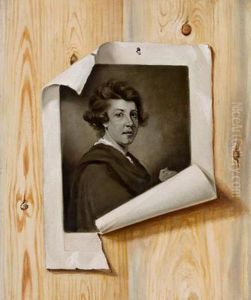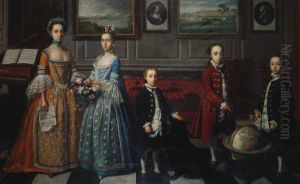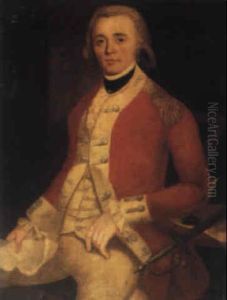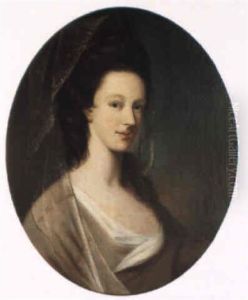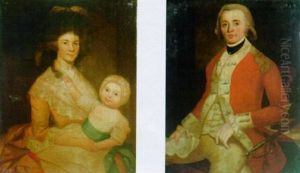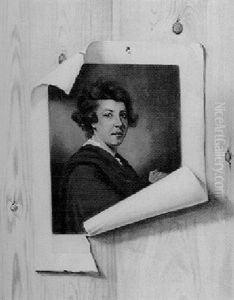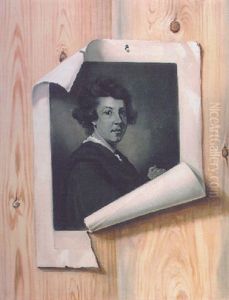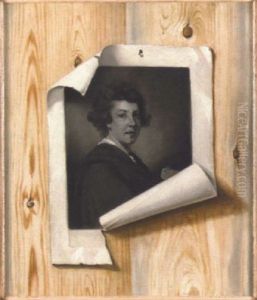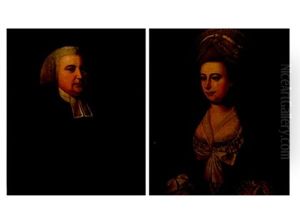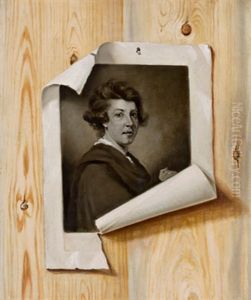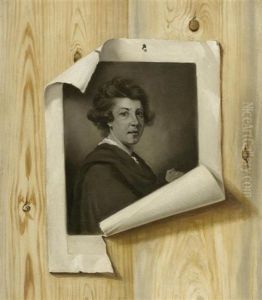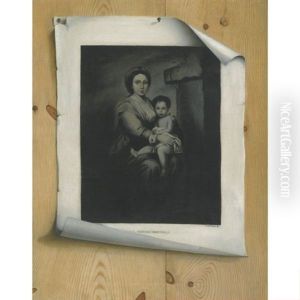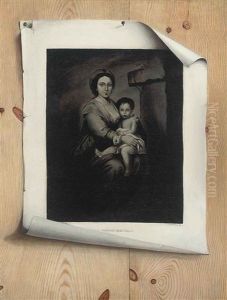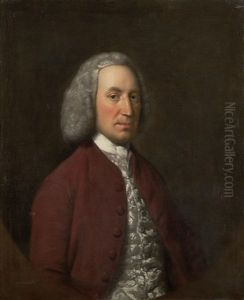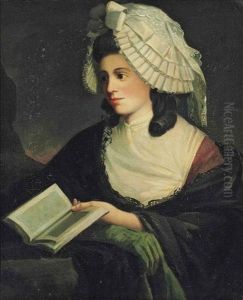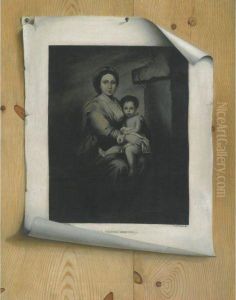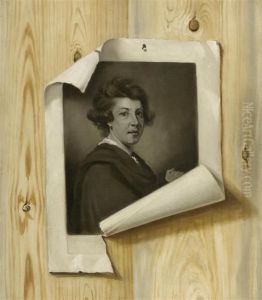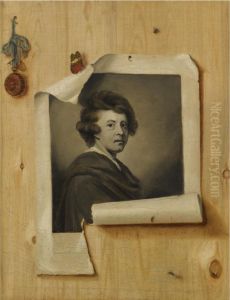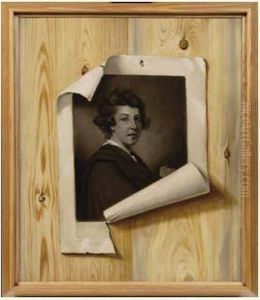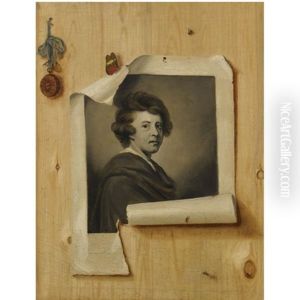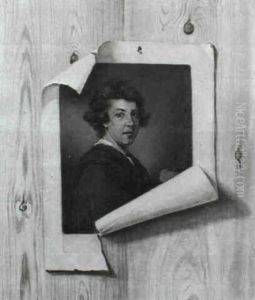Strickland Lowry Paintings
Strickland Lowry was a portrait painter of Irish descent, born in 1737 in Whitehaven, Cumberland, now a part of Cumbria in the United Kingdom. Not as widely known as some of his contemporaries, Lowry's life and career nevertheless contribute a unique chapter to the history of 18th-century British art.
Lowry's early life is not well-documented, but it is believed that he received his artistic training in Dublin, Ireland. He worked initially in Ireland and then moved to London, where he sought to establish himself as a portrait artist. London during the 18th century was a bustling hub for artists as it provided numerous opportunities for commissions from the growing middle class and the nobility.
Despite the competition from more prominent artists of the time, such as Joshua Reynolds and Thomas Gainsborough, Lowry managed to secure patronage from various clients. His work typically featured small-scale portraits, and he was known for his attention to detail and his ability to capture the likeness and character of his sitters.
Lowry's style was influenced by the prevailing trends of the time, including the Rococo and early Neoclassicism. He was particularly adept at using pastels, which was a popular medium for portraiture during the period due to its soft tones and ability to render subtle nuances in complexion and texture.
Throughout his career, Strickland Lowry remained a relatively peripheral figure in the British art scene. His work often displayed a sense of modesty and restraint, which may have contributed to his lack of fame when compared to his more flamboyant contemporaries. Nonetheless, his portraits are valued for their historical significance and their representation of the tastes and fashions of the time.
Lowry's life was relatively short, as he died in 1785 at the age of 48. The particulars of his later life and the circumstances surrounding his death remain obscure, as do many aspects of his career. Today, his work can be found in various art collections and museums, serving as a testament to his skill as a portraitist and as a window into the society and culture of 18th-century Britain.
